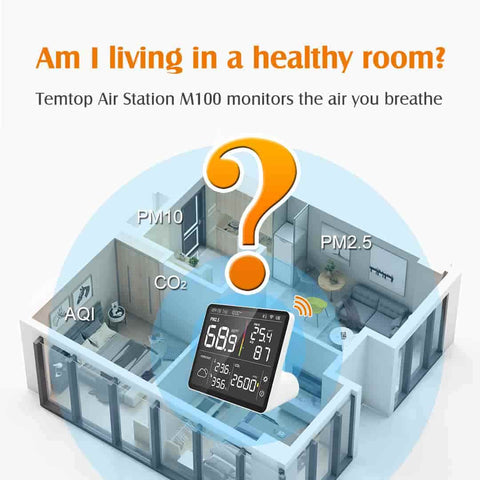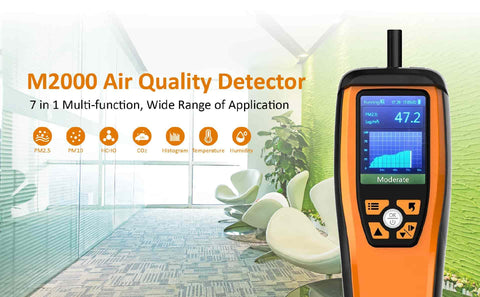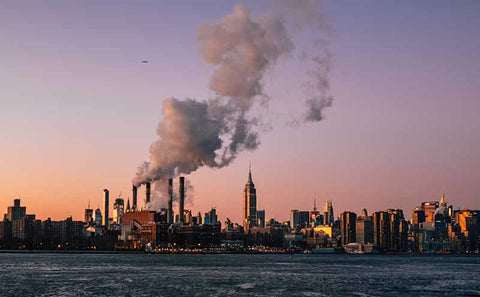
Carbon Dioxide: Health And Safety Hazards Fact Sheet
Carbon dioxide (CO2) naturally occurs when you exhale. However, when in a sealed structure, such as a refuge station, safe haven or controlled environment, it can quickly build up and cause significant damage to your health. Knowing the health and safety hazards of CO2 is necessary when dealing with refuge chambers and safety protocols.
What is Carbon Dioxide?
Carbon dioxide (CO2) is a colorless and odorless gas existing in Earth’s atmosphere as a trace gas at a concentration of about 400ppm (0.04%) by volume. Natural sources of CO2 include volcanoes and hot springs, and being soluble in water, it occurs naturally in groundwater, rivers, lakes, ice caps, glaciers, and seawater. It is also present in deposits of petroleum and natural gas.
Carbon dioxide is produced by all aerobic organisms when they metabolize carbohydrates and lipids to produce energy by respiration — expelled to the air via the lungs of air-breathing land animals, including humans. It is also produced during the decay of organic materials and by the combustion of wood, carbohydrates and fossil fuels such as coal, peat, petroleum and natural gas.
Safety Hazards of Carbon Dioxide
Carbon dioxide is not classified as toxic or harmful. However, it is an asphyxiate gas that can reduce or displace the average oxygen concentration in breathing air. The breathing of oxygen-depleted air can lead to death by asphyxiation (suffocation).
In concentrations above 1%, it can cause drowsiness and slight shortness of breath in some people. Levels between 7 and 10% can cause suffocation, even in the presence of sufficient oxygen, exhibited as dizziness, headache, visual and hearing dysfunction and unconsciousness within a few minutes to an hour. The physiological effects of acute carbon dioxide exposure are grouped under the term hypercapnia, a subset of asphyxiation. Occupational exposure levels are 0.5% for eight hours.
Humans exhale CO2 at a rate of approximately 30 Litres per hour. A group of people in a confined, sealed space like a refuge chamber will quickly contaminate the breathable air with CO2 in far less time than it would take to deplete the oxygen.

How to Monitor Carbon Dioxide Levels
Carbon Dioxide can be measured using a non-dispersive infrared (NDIR) sensor. Measurement is based on the physical property that CO2 molecules absorb infrared light or particular wavelengths. By shining light through the target gas and using suitable optical filters, the light detector will give an output that can be converted into a CO2 concentration value.
Numerous gases associated with mining, tunneling and underground construction are generalized into combustible, toxic and asphyxiate types. Because of the hazardous nature of these gases and the unique and restrictive structure of underground environments, these gases must be continuously monitored to mitigate risk.



Temtop Series of Air Quality Monitors like M100 Air Station, M2000 Detector, P20C are designed to measure the level of Carbon Dioxide in a certain environment.
Product Link: https://www.elitecheu.com/collections/temtop-eu-air-quality-monitor/products/temtop-m2000-air-quality-monitor


Leave a comment